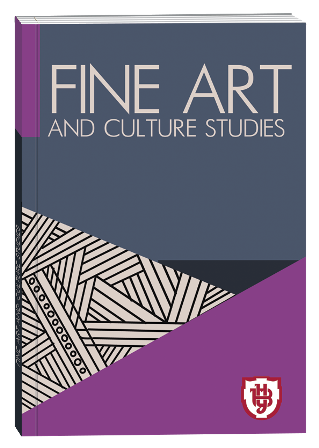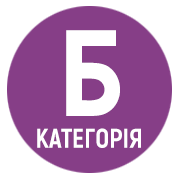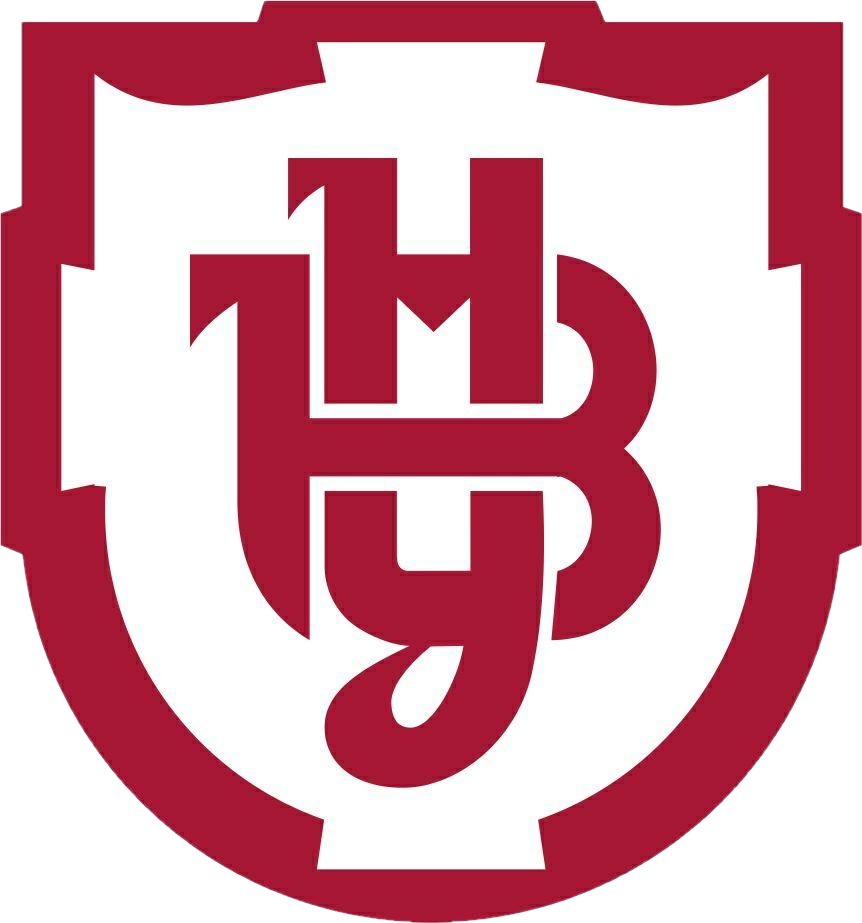FEATURES OF UKRAINIAN PYSANKAS AND LITHUANIAN MARGUČIAI: TYPES AND TECHNIQUES OF CREATION
DOI:
https://doi.org/10.32782/facs-2025-2-25Keywords:
Ukraine, Lithuania, pysanka, margutis, painting technique, cultureAbstract
The article presents a comparative analysis of Ukrainian pysanka and Lithuanian margučiai. It examines the peculiarities of the terminology and semantics of the names 'pysanka', 'margutis', 'Easter egg'; identifies common and distinctive techniques, the difference in the tools used, which determine the basis of the visual lexicon: techniques and pictorial elements of Ukrainian pysanka and Lithuanian margučiai. The purpose of the article is to study the artistic and stylistic features of Ukrainian pysanka and Lithuanian margučiai; to identify common and distinctive features in the technique, tools and materials used. The aims and objectives of the study determined the use of comparative studies, historical and comparative analysis as the main research methods. The scientific novelty of the study lies in the fact that for the first time the terminology, classification, technical, technological and stylistic features of Ukrainian and Lithuanian Easter eggs are compared. The study concludes that the names 'pysanka' and 'margutis' have a common basis with the original meaning 'to make colourful, to decorate', which is explained by the fact that the Ukrainian and Lithuanian languages belong to the common Indo-European language family. It is argued that the names 'pysanka' (margutis) and 'Easter egg' are not synonymous, since they have different semantic codes rooted in opposite worldview paradigms: pagan mythological and religious Christian. It is argued that the names 'pysanka' (margutis) and 'Easter egg' are not synonymous, as they have different semantic codes rooted in opposite worldview paradigms: pagan mythological and religious Christian. It was found that the traditional types of ceremonial eggs common in Ukraine: krashanka, krapanka, pysanka and driapanka are available in Lithuania (except for krapanka). Instead, Easter eggs painted with wax, which is not removed, are widespread in Lithuania; in Ukraine, this type of Easter egg is used in the culture of certain ethnic groups of the Carpathians.
References
Боплан Г. Л. де. Опис України, кількох провінцій Королівства Польського, що тягнуться від кордонів Московії до границь Трансільванії, разом з їхніми звичаями, способом життя і ведення воїн / пер. з фр. Я.І. Кравця, З.П. Борисюк. Київ : Наукова думка; Кембрідж : Укр. наук. ін-т, 1990. 256 с.
Вовк Х. Студії з української етнографії та антропології. Київ : Мистецтво, 1995. 335 с.
Етимологічний словник української мови: в 7 т. – Т. 4: Н–П. / ред. рада : О. С. Мельничук (гол. ред.), та ін. ; НАН України, Ін-т мовознавства ім. О. О. Потебні. Київ : Наукова думка, 2003. 657 с. С. 376.
Кара-Васильєва Т. Писанкарство. Народне мистецтво та художні промисли XX століття. Київ : Либідь, 2011. 363 с. С. 295–300.
Кордуба М. Писанки на Галицькій Волині. Харків : Видавець Олександр Савчук. 2018. 48 с.
Манько В. Українська народна писанка. Львів : Свічадо, 2008, 81 с.
Онищук О. Символіка української писанки. Торонто : Harmony printing limited. 1985. 106 с.
Селівачов М. Лексикон української орнаментики. Київ : ТОВ «Задруга», 2009. 406 с.
Федорук О. Писанки. Українці. Історико-етнографічна монографія. Наук. ред. Анатолія Пономарьова. Опішне : Українське Народознавство, 1999. Кн. 2. 544 с. С. 214–216.
Щербаківський В. Основні елементи орнаментації українських писанок і їхнє походження. Праці Українського Історічно-Філолоґічного Товариства в Празі. Том 1. Прага : Вид. Укр. іст.-філол. тов-ва в Празі. 1926. 76 с.
Ткаченко В. Писанкарство в Україні: історіографічний дискурс кінця ХІХ – початку ХХІ століття : дис. … док. істор. наук : 07.00.06 – історіографія, джерелознавство та спеціальні історичні дисципліни. Черкаси, 2020. 214 с.
Bazaraitė E., Bazarienė D. Savas margutis. Vilnius : Dvi tylos. 2019. 266 р.
Galaunė P. Lietuvių liaudies menas. Jo meninių formų plėtojimosi pagrindai. Kaunas : L.U. humanitarinių mokslų fakulteto leidinys, 1988. 301 р.
Horniatkevych D. Ukraine. A Concise Encyclopedia. Toronto : University of Toronto Press. Vol. I. 1185. 1963. Рр. 415–417.
Dulaitienė-Glemžaitė E. Kupiškėnų senovė. Etnografija ir tautosaka. Vilnius : State Publishing House of Fiction, 1958. 470 р.
Kapeleris K. Lietuvininkai. Apie Vakarų Lietuvą ir jos gyventojus devynioliktajame amžiuje. Sudarė V. Milius. Vilnikus : Vaga, 1970, 376 р.
Katkus M. Balanos gadynė. Raštai. Compiled by A. Žirgulys. Vilnius : Vaga, 1965. 632 р.
Kudirka J. Velykų šventės: etnografinė studija. Vilnius : Mokslas, 1992. 92 р.
Lamarck, Jean-Baptiste-Pierre-Antoine de Monet, Poiret, Jean-Louis-Marie. (1783-1808). Caesalpinia. Encyclopеdie Méthodique, Botanique. 1(2) Рр. 461. Paris : Liège, Panckoucke; Plomteux. URL : https://wwwbiodiversitylibrary.org/page/717053#page/510/mode/1up (дата звернення 14.04.2025).
Lepneris Th. Der Preusche Littauer (Prūsų lietuvis). Dancigas : Joh. Heinrich Rüdigern, 1744. 119 p.
Martinaitis M. Marcelijaus margučiai. Vilnius : Lietuvos rašytojų sąjungos leidykla. 2012. 96 р.
Mažvydas M. Seniausieji lietuvių kalbos paminklai iki 1570 metams. Provided for press by dr. Jurgis Gerullis. Kaunas : Švietimo ministerijos leidinys, 1922, 592 р.
Valančius M. Palangos Juzė. Vilnius : Vaga, 1965, 83 р.
Volteris E. Velykų margučiai. Iliustruotoji Lietuva. No. 15 (68), 14 April 1927, Рр. 114–115.
Ūdraitė I. (2024). Margučiai. Visuotinė Lietuvių enciklopedija. URL : https://www.vle.lt/straipsnis/marguciai/ (дата звернення: 14.04.2025).







